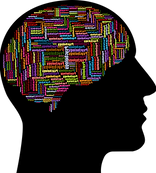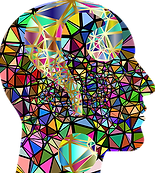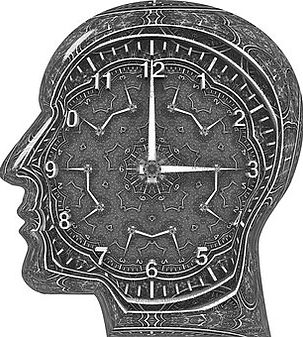
Your Brain, On Color!

Psychology of Color
Color is a pervasive part of our visual experience. Many color theorists throughout history have attempted to assign colors to particular human emotions because they believe in the simple fact that a certain color can create a certain emotion in people. As well, there is an increasing number of studies linking colors to specific human responses. Some colors can stimulate appetite, influence our moods, affect how we interpret things about the world and even carry symbolic meaning. Many color consultants believe that the colors used in an environment may have a significant impact on the performance of people within that environment. One thing is for sure, the colors you choose to surround yourself with will, in some way, have an impact on you and those around you.

Perceptions of Color
The human eye can physically perceive millions of colors. But we don’t all recognize these colors in the same way. While perceptions of color are subjective, there are some color effects that have universal meaning. For example, let's use the color GREEN. Green is thought to help heal and relieve stress. Green is often used in decorating for its calming effect. An example of that; guests anxiously waiting to appear on a television program, often wait in the 'green room'. It's true. Just consider how green is used in language: green thumb... go green... the grass is greener... or even green with envy. According to color science researchers, our perception of colors is located in the limbic system of the brain. This means that our experience of colors is closely linked to our feelings and our subconscious. So that tells us that the colors we are drawn toward are probably the ones that make us feel good.

Preferences of Color
In the color world, warm colors are known as red, orange and yellow. Cooler colors would be green, blue and violet. There is evidence that color preference may depend on ambient temperature. Color can influence mood, alter energy, or affect a space’s visual temperature. Depending on the feeling and energy that is desired in a particular room or space is what will guide you to the proper side of the color wheel. Color has long been used to create feelings of coziness or spaciousness. Blue is the top choice for 35% of Americans, followed by green (16%), purple (10%) and red (9%). A few studies have shown that cultural background can have a strong influence on color preference.

A color consultant specializes in the complex effects of color... combining color psychology, current trends and color design theories to essentially help their clients make decisions that will have a beneficial impact in the final result. If you want a bright energetic feel, or a calm serene atmosphere, a color consultant will help you through the process of discovering your own personal palette of color.